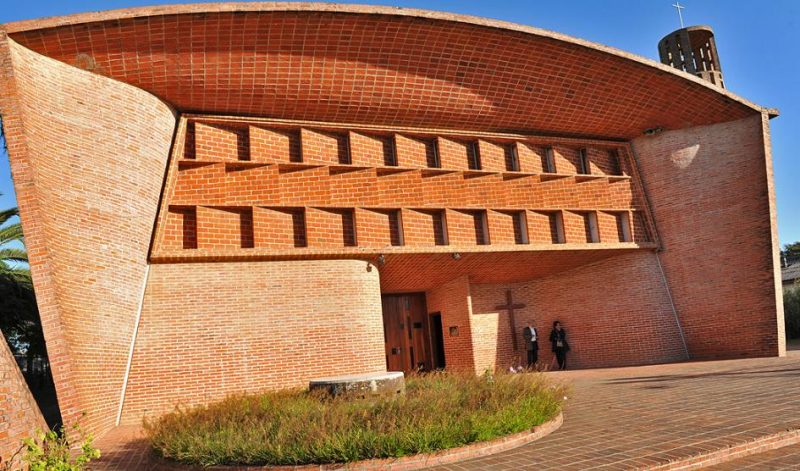After learning, on June 27, 2021, that the Cristo Obrero church, designed by the Uruguayan engineer Eladio Dieste, was declared a World Heritage Site, this May 3, the official delivery of the certificate by Unesco. Recognition of the universal value of this building responds to the construction technique and the combination of traditional and modern knowledge.
The ceremony held in the church itself, located at Estación Atlántida, kilometer 164 of Route 11, was witnessed by the Director General of UNESCO, Audrey Azoulay; the Undersecretary of Culture, Ana Ribeiro; the Undersecretary of Tourism, Remo Monzeglio; the national director of Culture, Mariana Wainstein; the director general of the Heritage Commission, William Rey, and the mayor of Atlántida, Gustavo González.
Ribeiro appreciated that the certificate has been delivered personally by the Director General of UNESCO. “A heritage asset reinforces the identity of the place,” she said.
For his part, Azoulay stressed the importance of recognition and said: “It is a very original construction, very strong.”
Inscribed on the World Heritage List during the 44th Extended Session of the World Heritage Committee in China, the Cristo Obrero Church recognizes, according to the plaque found on the façade, “the exceptional universal value for the use of exposed brick and reinforced as a notable example of the formal and spatial achievements of modern architecture in Latin America during the second part of the 20th century”.
The relevance of the church in terms of environmental sustainability and the search for social equality is also mentioned, “with a sparing use of resources, fulfilling structural imperatives with great aesthetic effect.” Presidency


















